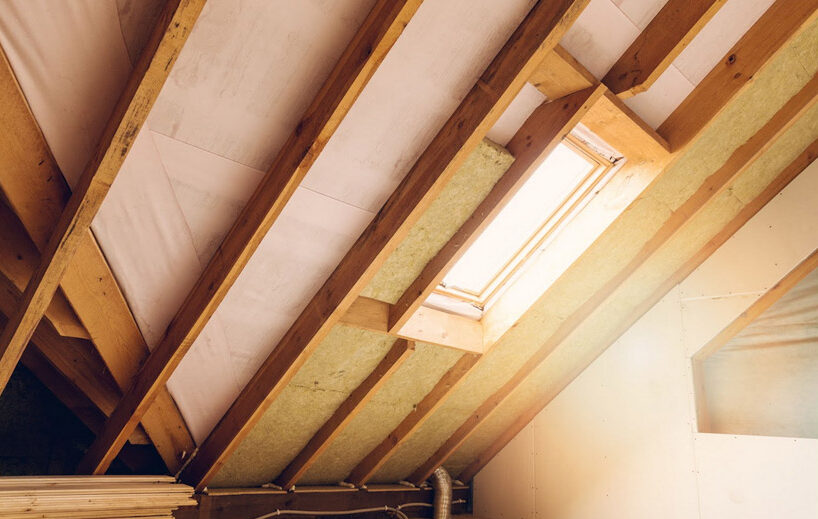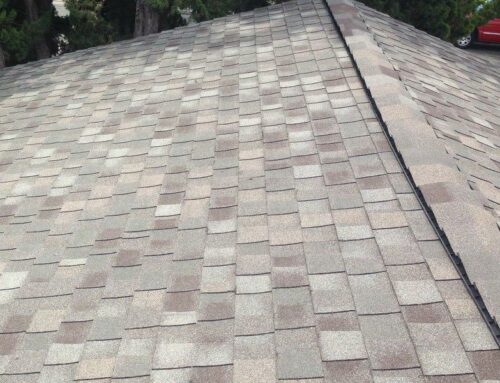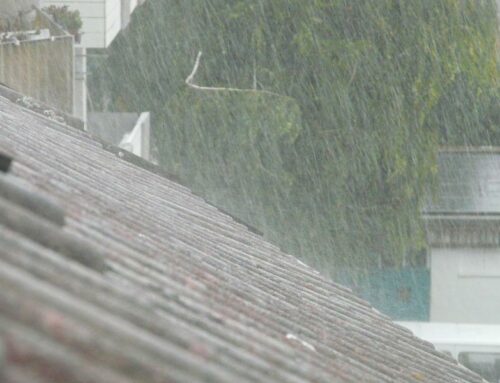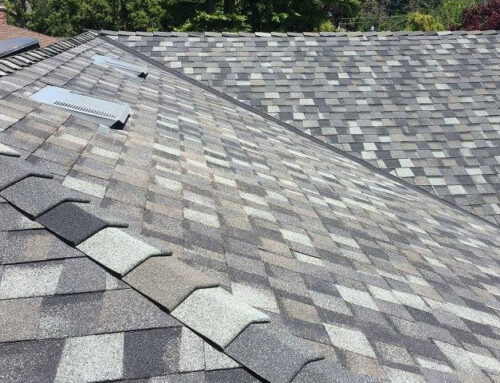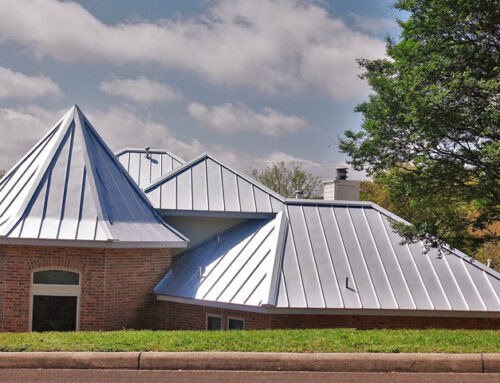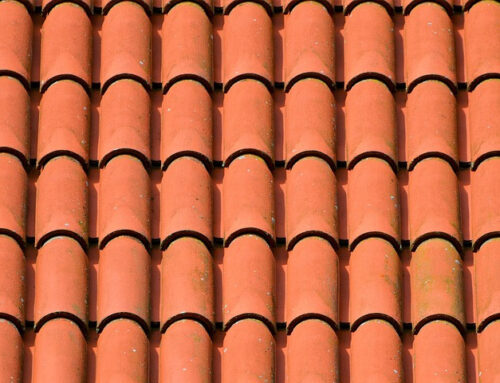Ensuring that your attic has sufficient insulation is crucial for maintaining a comfortable and energy-efficient home. Insulation plays a key role in regulating temperature, preventing heat loss in the winter and heat gain in the summer. Inadequate insulation can lead to increased energy bills, uncomfortable living conditions, and unnecessary strain on your heating and cooling systems.
To determine if your attic has enough insulation, several factors should be considered. The first and foremost is the recommended insulation level for your region and climate. The U.S. Department of Energy and local building codes provide guidelines for insulation levels based on geographic location. These recommendations take into account the local climate and are designed to optimize energy efficiency.
Types of Insulation
The most common types of attic insulation include fiberglass, cellulose, and foam. Each type has its own set of advantages and disadvantages, but regardless of the material, the key is achieving the recommended R-value. The R-value measures the insulation’s thermal resistance, and a higher R-value indicates better insulation. The ideal R-value for your attic depends on factors such as climate, local building codes, and the type of heating and cooling systems in your home.
To assess your attic’s insulation, start by measuring the existing insulation thickness. If you have fiberglass or cellulose insulation, you can use a ruler to measure the depth. Keep in mind that settling over time can reduce the effectiveness of some insulation materials, so measuring is essential. If you find that your insulation is below the recommended R-value for your area, it may be time to consider adding more.
Assessing Your Insulation
An indicator of insufficient insulation is fluctuating indoor temperatures. If you notice significant temperature variations between your attic and the rest of your home, it could be a sign that your insulation is not doing an adequate job. Additionally, if your heating or cooling system seems to be running continuously without effectively maintaining a comfortable temperature, this could be a result of poor insulation.
The presence of drafts, especially in the upper floors of your home, may also suggest insufficient attic insulation. Air leaks can undermine the effectiveness of insulation by allowing conditioned air to escape and outside air to enter. Sealing these gaps and adding more insulation can help address this issue.
While assessing your attic’s insulation, it’s essential to consider the age of your home. Older homes may have outdated or insufficient insulation, making an upgrade particularly beneficial. Advances in insulation technology have led to more efficient materials and installation techniques, so even if your home has insulation, it might be worth investigating if an upgrade is in order.
Evaluating your attic’s insulation is a vital step in ensuring energy efficiency and home comfort. By measuring the insulation thickness, considering temperature variations, and addressing drafts, you can determine whether your attic has enough insulation. If deficiencies are identified, adding more insulation or upgrading to a more efficient material can lead to long-term energy savings and improved comfort throughout your home.


